Textiles
The “Textiles” section of the collection is divided into seven groups. It includes items people wear on their bodies as clothing and all manner of accessories. There are also exhibits of textiles used to represent the state or for the purposes of political communication. The collection reflects the economic and social development of Germany post-1945 and the attitudes that evolved. It visualizes social norms, cultural role models and political objectives.
Clothing
Clothing as a Mirror of Economic and Cultural History
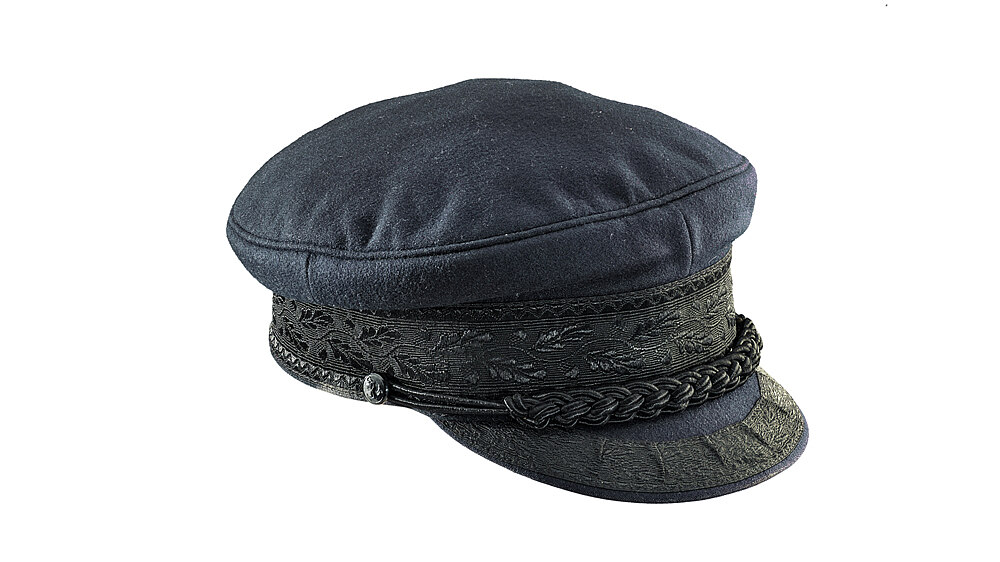
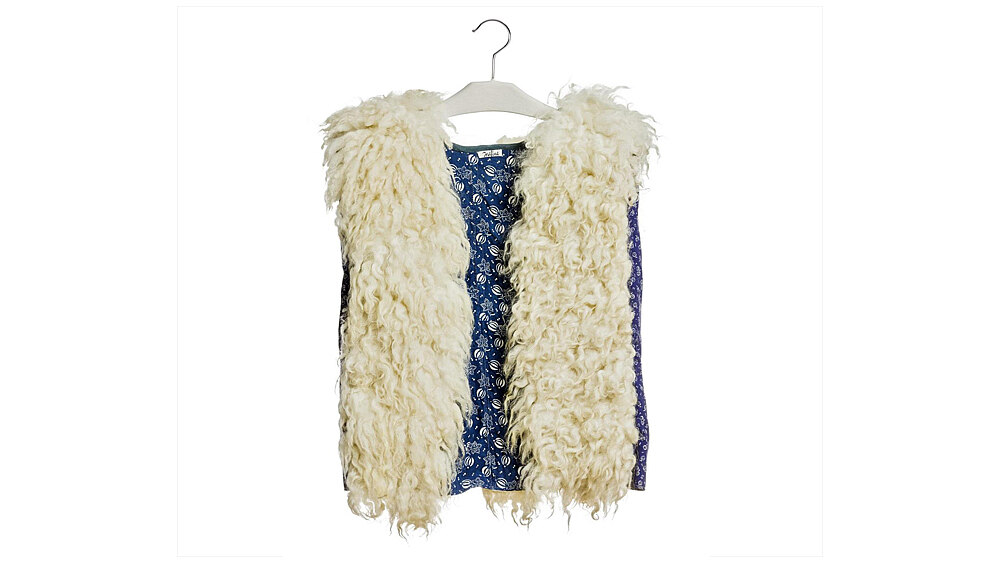
Clothing
Clothing as a Mirror of Economic and Cultural History
The “Clothing” collection reflects Germany’s economic and cultural history since 1945. Textiles that give an idea about the biography and social standing of the owner are presented alongside objects relating to events in contemporary history that visualize how the manufacturer saw itself and the political aims involved. Moreover, there are creations by fashion makers who were inspired by national symbols.
Workwear
Clothing for a Purpose
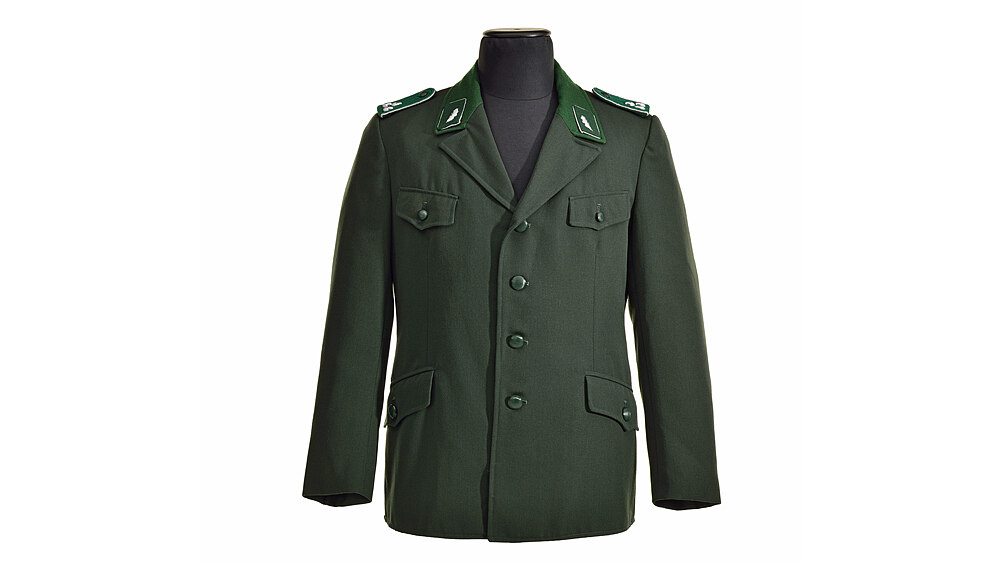
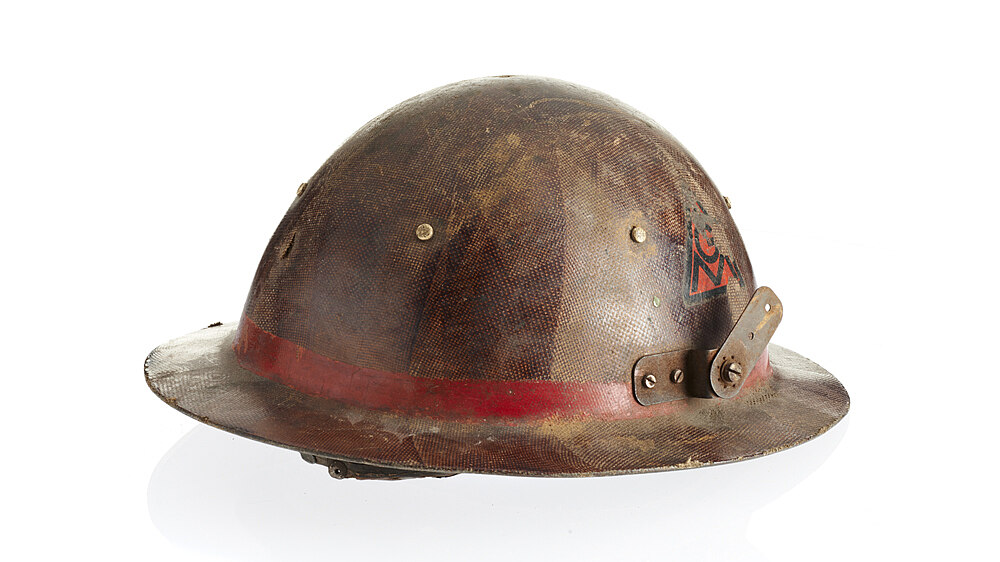
Workwear
Clothing for a Purpose
The “Workwear” collection includes professional clothing by companies, the public services and the institutions of civil society. These objects visualize health and safety at work and how the state wishes to be seen. They also make a statement about economic history and organizational structures or reference public figures.
Uniforms
Clothing the Armed Forces
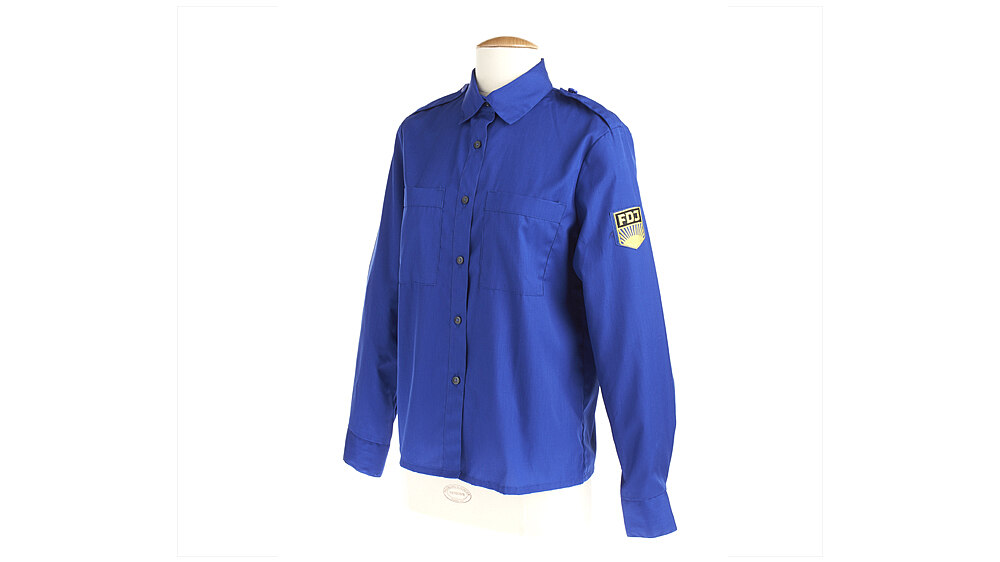
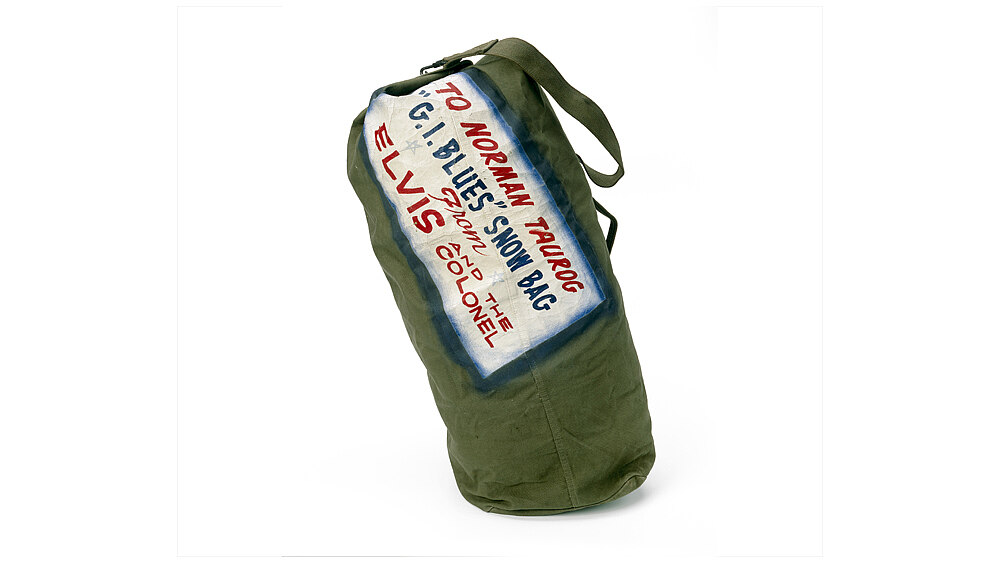
Uniforms
Clothing the Armed Forces
The “Uniforms” collection gives an idea of how the armed forces in West Germany and Communist East Germany were clothed – and what the German Armed Forces wear today. A special focus is the uniforms used by the paramilitary associations and mass organizations in Communist East Germany. The uniforms of the four Occupying Powers and later NATO partners as well as the uniforms used by the German Armed Forces when deployed abroad highlight Germany’s foreign relations and its role in the world today.
Home Textiles
Object from Private Households
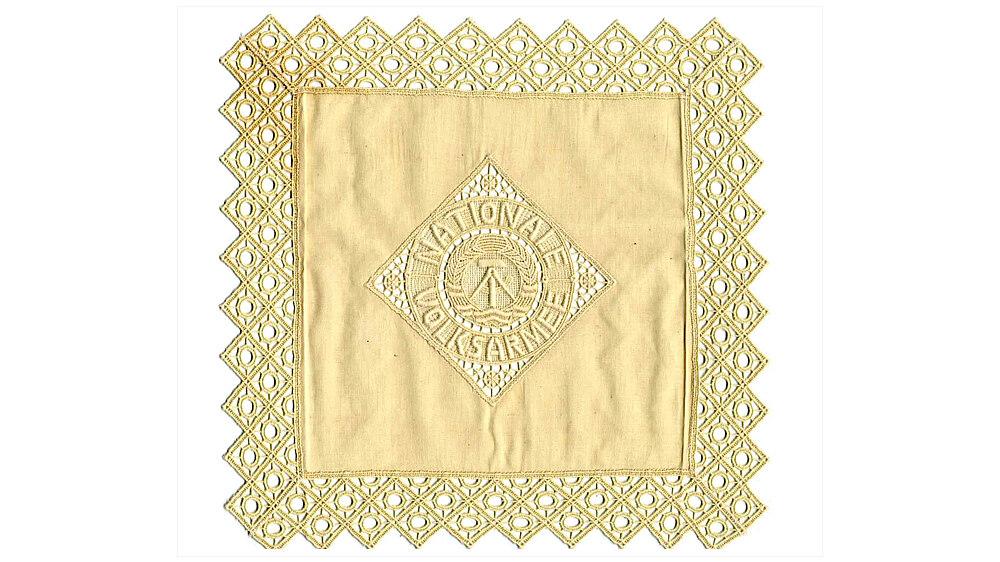
Home Textiles
Object from Private Households
The “Home Textiles” collection includes objects from private households. These attest to the poverty of the period immediately after 1945, how inventive people were, and then the upward social mobility during the days of the West German “Economic Miracle”. Souvenirs from holidays abroad reflect social aspirations and personal yearnings. In Communist East Germany, this type of object was an instrument of state and Party propaganda, emphasizing the Communist Party’s traditions and leadership.
Flags
Information about German State Ceremonial Protocol
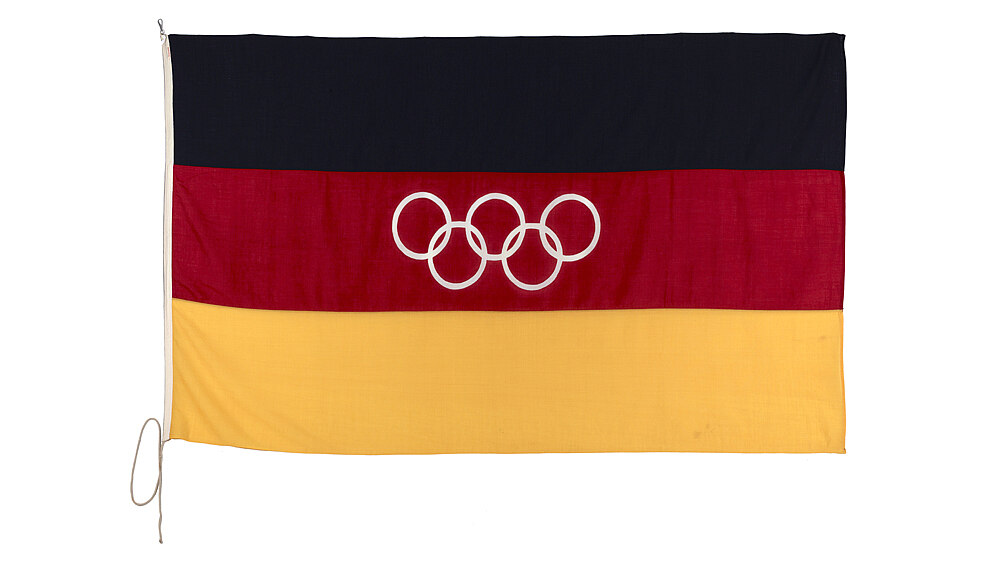
Flags
Information about German State Ceremonial Protocol
The “Flags” collection provides an insight into German state ceremonial protocol. The core consists of exhibits showing the German national colours of black, red and gold: flags that once flew at highly symbolic locations or were presented at public events. The flags from Communist East Germany were used by mass organizations, corporations and collectives. Flags from the Occupation period after 1945 and objects with the marks of destruction tell strong stories. They stand for the ruptures and discontinuities in contemporary German history.
Banners
Items of Propaganda and Protest Culture in Germany
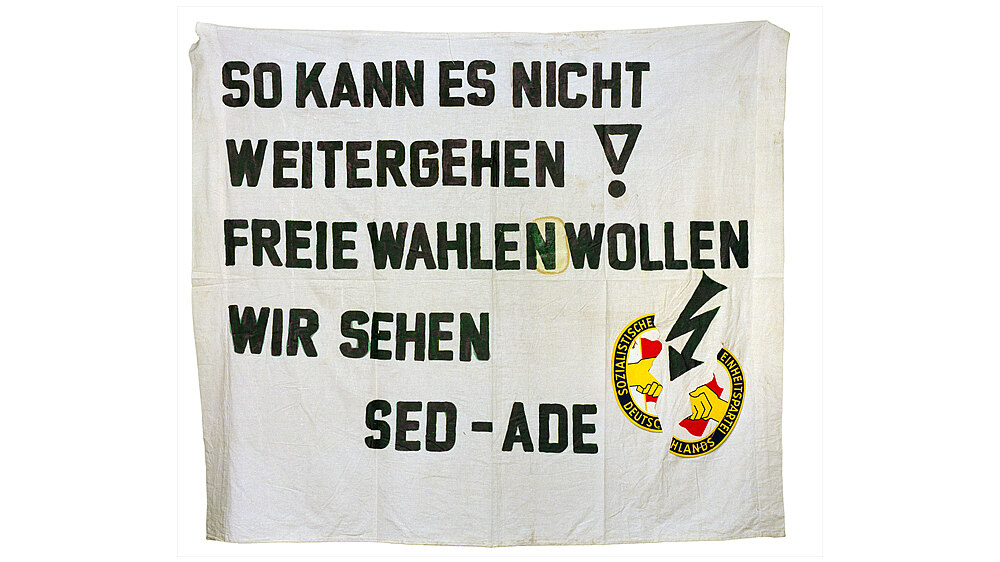
Banners
Items of Propaganda and Protest Culture in Germany
The “Banners” collection consists of items of propaganda and protest culture in Germany. Communist East Germany used this medium to advertise its political system. In 1989, the civil movement used banners at public gatherings to call for democratic reforms. In West Germany, banners were used in the 1980s by the peace and ecological movement to communicate their cause. Trade union banners with socio-political demands are a key element in strikes.
Textile Accessories
Flag Staffs, Decorative Items and Transportation Bags
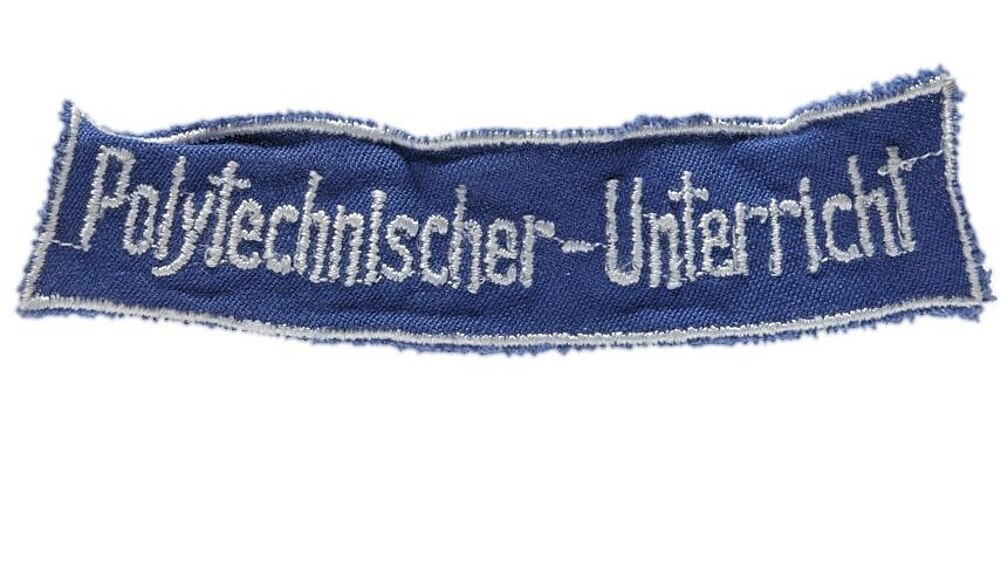
Textile Accessories
Flag Staffs, Decorative Items and Transportation Bags
The “Textile Accessories” collection includes items used to fit out and present textiles: flag staffs, rods for banners, figurines and decorative items for shop windows. Yarns made from waste and uniform buttons painted over for use in civilian clothing are makeshifts from the period directly after the War. They reveal the typical textile materials of the day and how these were finished. Items used as decoration tell a tale of consumerism and advertising. The collection also includes all textiles used for transportation purposes, primarily sacks for food and postal bags.
Textile Design
Fashion Drawings, Design Studies, Uniform Designs
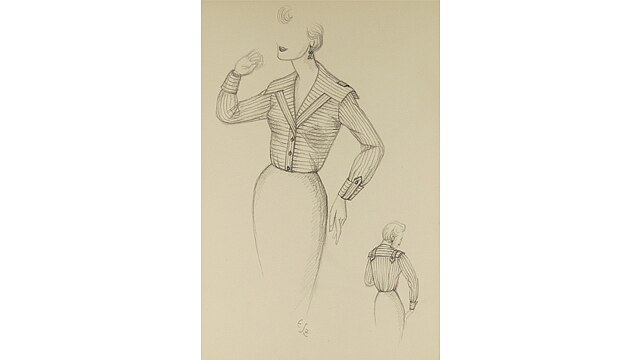
Textile Design
Fashion Drawings, Design Studies, Uniform Designs
The collection group contains designs whose end product is a textile object. This includes, for example, fashion drawings, design studies, but also designs for uniforms.